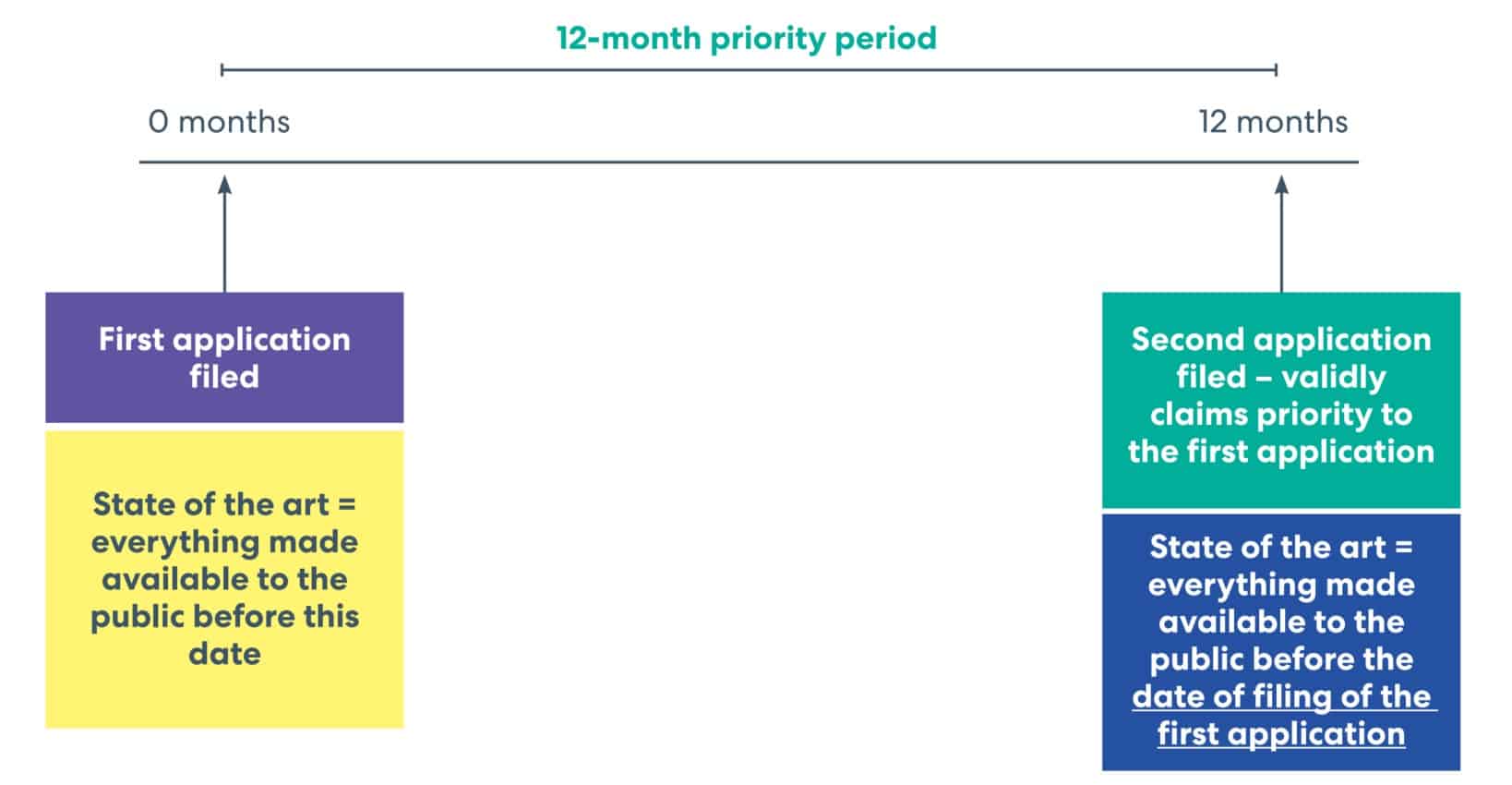An invention must at least be new and inventive to be patentable. Filing a patent application before publicly disclosing an invention is essential, as a public disclosure of your own invention can mean the invention is not considered new by the patent office.
However, before filing and prosecuting a patent application, you may not actually know whether a granted patent will be beneficial given the fact that you have not had the opportunity to publicly disclose, discuss, or share the invention with potential investors, consumers, or licensees.
Moreover, as ‘international’ patents do not exist, you may wish to protect your invention in multiple countries by filing multiple national patent applications, a European patent application, and/or a PCT patent application. However, filing and prosecuting these applications can be expensive, meaning you may not want to initiate such application processes if you are unsure as to whether you want or need a granted patent.
In this scenario, you can file a first application in a country where the costs of filing patent applications are relatively low (such as a national application in the UK). Once filed, in the following 12-month priority period you can:
- Test your invention on the market – a product could be put on sale for consumers to buy.
- Attract investors – you can demonstrate and discuss your invention with potential investors.
- Further develop your invention – you can use this time to gather more experimental data and/or identify the key features of the invention you want to protect.
Once this first application is filed, you have 12 months to decide upon (and file) any national, European, or PCT applications relating to the same invention, bearing in mind that whilst these additional filings offer a wider geographical area of protection, they will incur higher costs. The 12-month period in which you can file these additional applications results from an applicant’s ‘right to priority’.
What is a ‘right to priority’?
An applicant who files a first patent application relating to an invention in any Paris Convention or World Trade Organization (WTO) member state is entitled to a right of priority. This right allows an applicant to file, within 12 months, a second patent application relating to the same invention. The second application should contain a declaration of priority to the first application.
A valid declaration of priority sets a priority date for the second application. It is the priority date which is used when determining if the invention is new and inventive.
To make this assessment, the patent office considers anything made available to the public anywhere in the world before the priority date of the application. The priority date is by default the filing date of the application. However, with a valid priority claim, the priority date can instead be the filing date of the first application for the same subject-matter.
Essentially, a valid priority claim provides an earlier cut-off date for when a piece of prior art needs to have been disclosed to the public in order for it to be considered for assessing whether an invention is new and inventive.
This is illustrated in the figure below. During examination of the second application, the state of the art will be considered with regards to the earlier priority date of the second application rather than its later filing date.

Who can claim priority?
Only the applicant (or their successor in title) of an application is entitled to claim priority to this application. This is essential to bear in mind if you intend to file an application claiming priority to a first application for which you were not the applicant. In this instance, an assignment of the first application will be needed before the later application is filed.
Where can the applications be filed?
An application claiming priority does not need to be filed in the same country as the earlier application, though it still must be filed in a country which recognises the right to priority (e.g. any Paris Convention or WTO member state). A PCT application can claim priority to an earlier application, and multiple applications can claim priority to the first application within the 12-month priority period.
A ‘valid’ priority claim
A priority claim is only valid for subject-matter (e.g. features of the invention) that were disclosed, for the first time, in the first application. Any additional subject-matter in the second application will not have the filing date of the first application as its priority date: it will instead be the filing date of the second application.
A single application can therefore have multiple priority dates corresponding to different features of an invention, which in turn affects the state of the art for those features.
Why is claiming priority important?
Filing a cheap, early, first application can be an essential step of the patent application process to delay filing multiple, potentially expensive, applications without delaying the establishment of a priority date for an invention. This means that any developments or contributions made to the state of the art after the established priority date cannot be cited by an Examiner when assessing whether the invention is new and inventive during examination of these later applications. It follows that an early priority date can be invaluable.
Sources of Further Information and Advice
This is for general information only and does not constitute legal advice. Should you require advice on this or any other topic then please contact hlk@hlk-ip.com or your usual HLK advisor.
A PDF of this information can be found here.